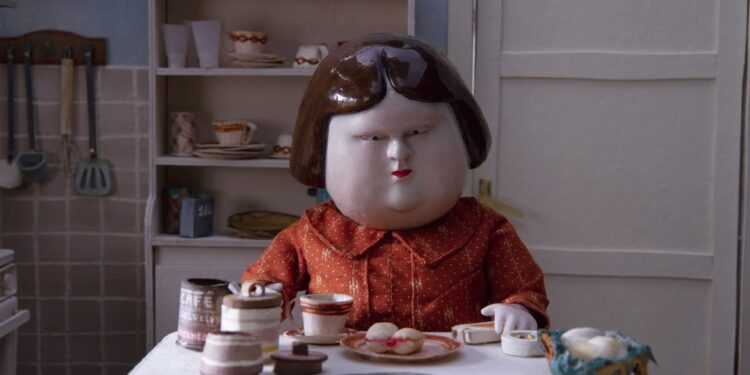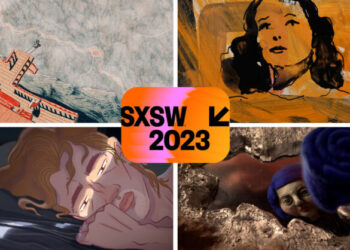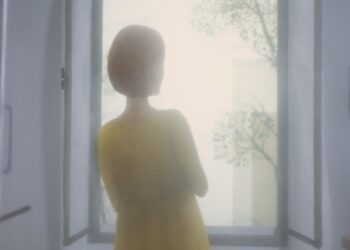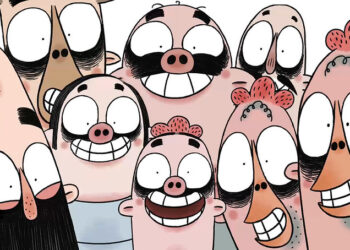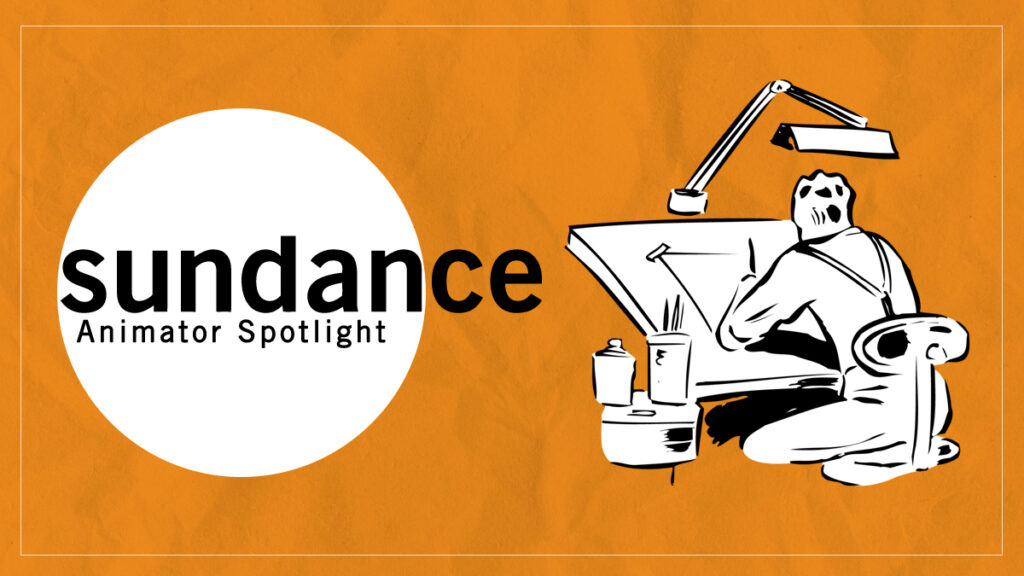
Today for our Sundance Animator Spotlight we have the special chance to be introduced to stop motion animator Hugo Covarrubias. He has a new short at the festival called Bestia and we were delighted to learn more about it and his career as an animator.
What do you think is special about the kind of animation you specialize in (2D, stop motion, CGI etc)
Personally I think that stop motion brings together many things that I like in terms of the creative process, crafts, sculpture, camera, lights. I really like creating micro-worlds in a tangible way and with real materials and textures, it’s a kind of perfect mix between cinema and art.
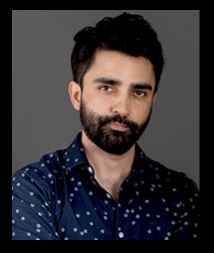
How did you get through the pandemic working from home?
At first it was very difficult, because I have a studio outside my home, so getting organized to go and finish Bestia was very difficult. From home I could only see what we had animated and evaluate how it was coming along. That helped me to rethink some scenes. Then, as time went by, I was able to go sporadically to finish the missing scenes.
Tell us about your film?
Bestia is a stop motion animated short film based on the events committed by Ingrid Olderock during the military dictatorship in Chile. It delves into the life of this torturing agent of the secret police, where the relationship with her dog, her body, her fears and frustrations, reveal a macabre fracture in her mind and a country. It is not a biography, but a kind of essay on evil using this character as a device to imagine what could happen inside a sinister mind like hers.
How did you get the idea for it?
It all came from the idea of making a series about little known characters in Chile’s political history. During the research, the figure of Ingrid Olderock (the woman who inspired the story) appeared several times. We realized that this woman, in the interviews that were published in the book “La Mujer de Los Perros” by Nancy Guzman, left in evidence many mental imbalances product of the system in which she was involved. A totalitarian and ultra patriarchal system that ends up driving its officials crazy by treating them as if they were small pieces of a monstrous machinery. This is how many layers of reading appeared that helped to give power to the script.
What was the process like in making it?
It was a very long process since we started with the idea, and it kept transforming. The political theme brought up new aesthetic and narrative concerns. It was very difficult to express the premise without dialogue, so we had to resort to gesture in the performances and think about the importance of sound and music. Then, in the middle of the production came the social outbreak in Chile in October 2019, which made us make an important pause, this added to the pandemic allowed the project to have a kind of maceration or maturation. When things rest and have a maturation time, sometimes they achieve a better development or flavor. Somehow it made us create in a slower and more fragmented way, that sometimes helps things to be more consistent. That finally made everything arrive very defined to the post production process. In total it took us almost three and a half years to make the short film.
When you found out you got accepted into Sundance did you get super excited?
Yes, the truth is that it was a big surprise to know that we were selected for Sundance, since it’s a festival we always wanted to be in. And to be part of the official program is something incredible for everyone who worked on the film. We were very excited to go in person but unfortunately plans changed due to the pandemic. However, it has been great to have this US premiere and to experience the audience’s reactions.
What advice would you have for young aspiring animators?
I think it is very important to create with honesty and truth, to try to speak from personal experiences, regardless of whether you are talking about someone else. That way there is a credibility that will reach people more effectively. And if there are not enough associated experiences, research and observation is essential. And speaking of animation, regardless of the technique, it is important to take advantage of the magical and unreal resources it provides.
We’d like to thank Hugo for answering our questions and for making such an emotional short as Bestia


